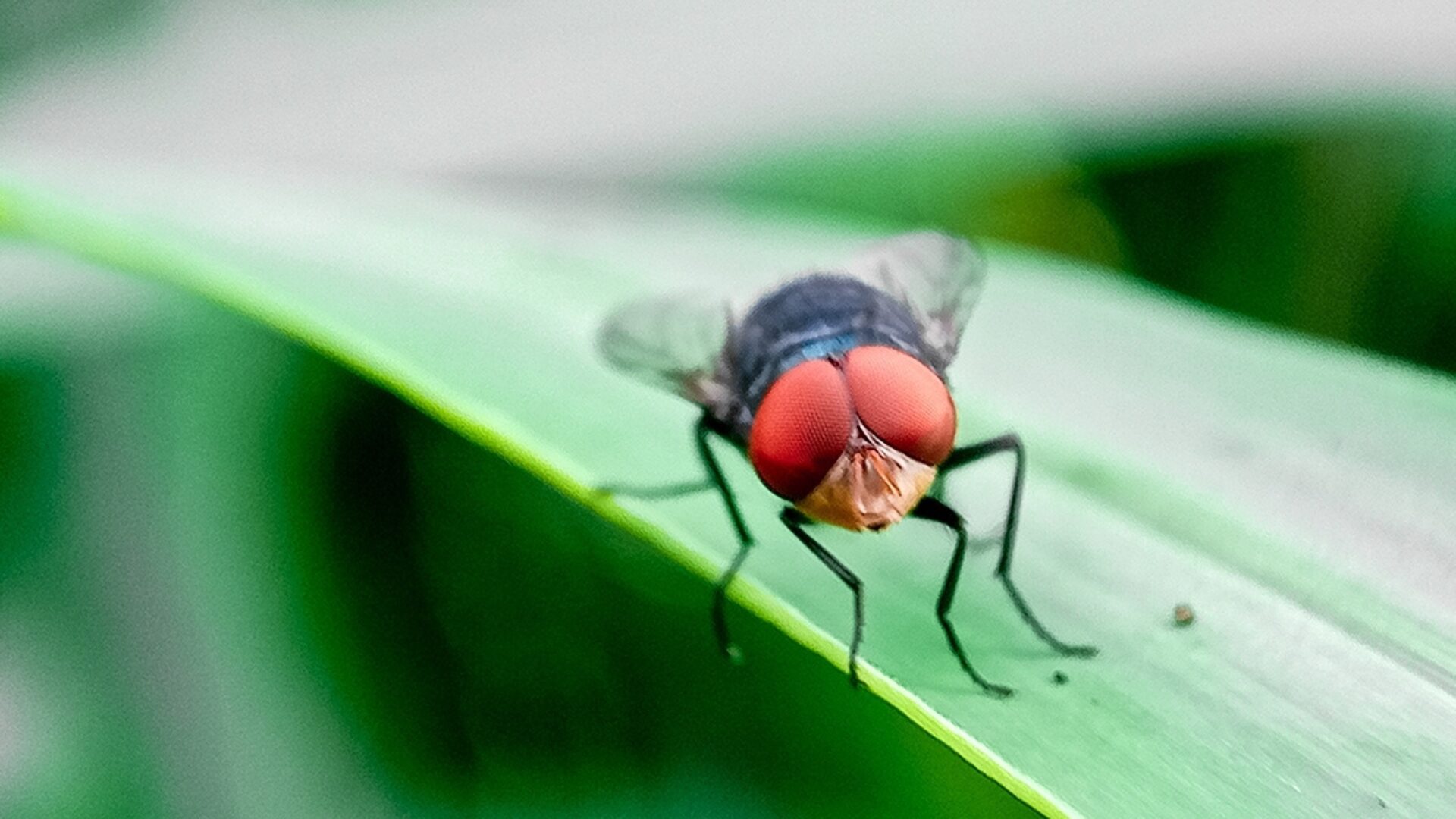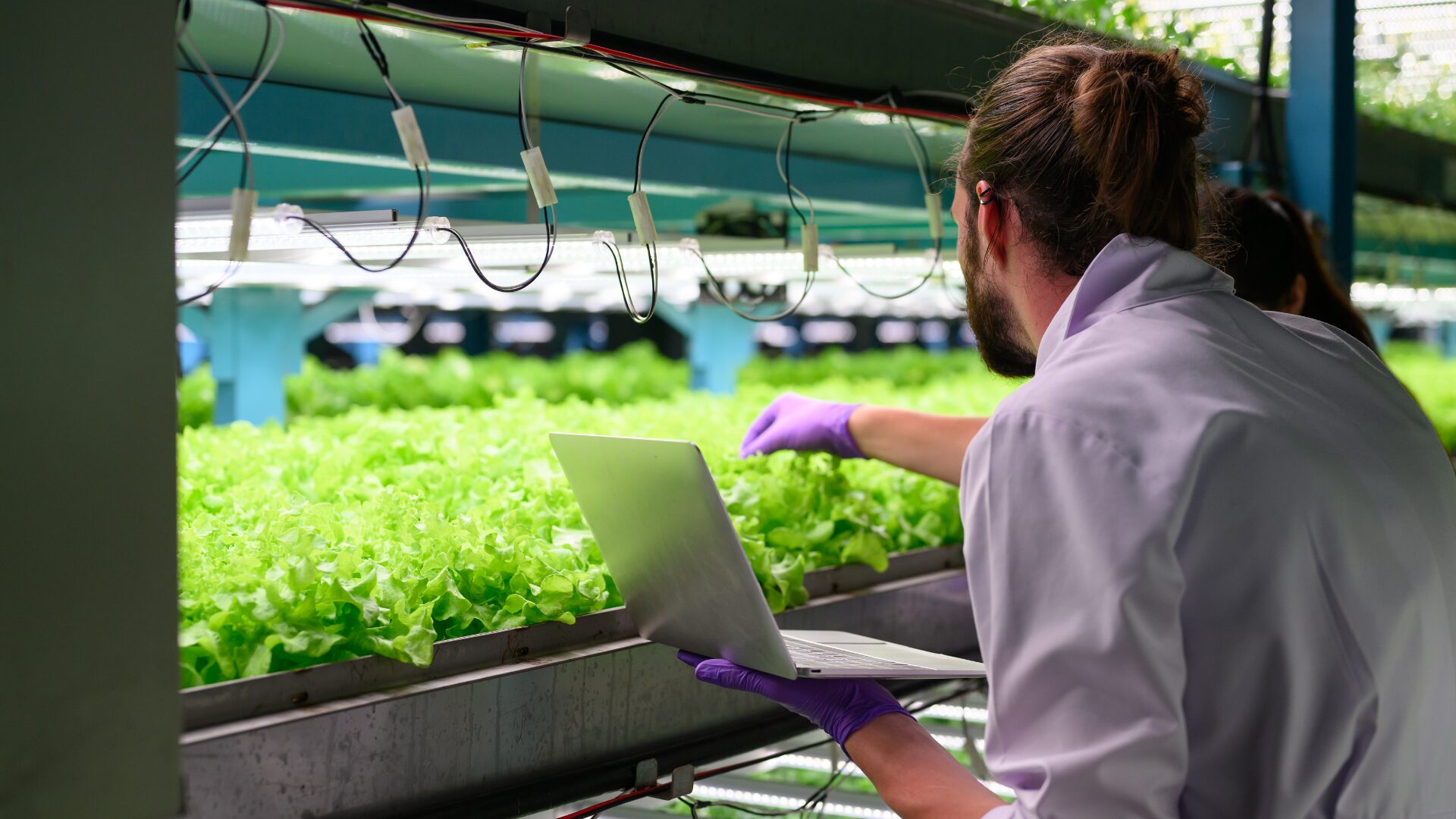While The Food Institute has previously explored some NASA-inspired innovations in the agriculture industry, we’re going to stay somewhat closer to Earth and take a deeper dive into how The Internet of Things (IoT) has accelerated smart-farming innovation.
IoT describes the network of physical objects—“things”—that are embedded with sensors, software, and other technologies for the purpose of connecting and exchanging data with other devices and systems over the internet. As it relates to agriculture, the most common IoT applications are:
- Sensor-based systems for monitoring crops, soil, fields, livestock and storage facilities
- Smart agriculture vehicles, drones, autonomous robots and actuators
- Connected agriculture spaces such as smart greenhouses or hydroponics
- Data analytics, visualization and management systems
- Predictive modeling and planning
These innovations couldn’t be more well timed as population growth and climate change push the industry toward more productive and efficient processes, effectively giving farmers integrated, tailored solutions to run certain aspects of their operations via computer or even hand-held devices.
And thanks to a confluence of events, technology has made IoT solutions even more practical across the farming sector, including:
- Access to low-cost, low-power sensor technology. Affordable and reliable sensors are making IoT technology possible for farmers.
- Connectivity. A host of network protocols for the internet has made it easy to connect sensors to the cloud and to other “things” for efficient data transfer.
- Cloud computing platforms. The increase in the availability of cloud platforms enables users to access computer system resources without having to manage them.
- Machine learning and analytics. With advances in machine learning and analytics, along with access to varied and vast amounts of data stored in the cloud, operators can gather insights faster and more easily. The emergence of these allied technologies continues to push the boundaries of IoT and the data produced by IoT also feeds these technologies.
- Conversational artificial intelligence. Advances in neural networks have brought natural-language processing to IoT devices (such as digital personal assistants Alexa, Cortana, and Siri) and made them appealing, affordable, and viable for agricultural use.
In essence, farmers are increasingly using IoT hardware devices for monitoring and data analytics to optimize operations (and profits). Data pertaining to production processes, crops, and equipment is collected with the help of sensors. This data is stored in the cloud, and data analytics solutions generate insights that farm owners can leverage to better operate their farms.
For example, Deere & Co.’s connected combines and tractors are equipped with sensors, computer vision, precise GPS and machine learning to enable self-driving and precision farming capabilities.
Other examples include automated irrigation based on the use of smart sprinklers to reduce water consumption and make agriculture more sustainable; connected coolers and heaters in storage and transportation facilities to create better preserving conditions and reduce waste; intelligent lighting in greenhouses to automatically adjust to changing conditions.
The outlook for growth
With these innovations transforming the farming industry, it should come as no surprise that the agriculture IoT market is poised for growth. In fact, the market estimated to reach $18.1 billion by 2026, growing at a CAGR of 9.8%, according to MarketsandMarkets data.
The rise of blockchain technology is also making its way to the IoT, and could be important in the farming sector due to its ability to provide important data on crops (Business Insider, Feb. 2021). Farmers can use sensors to gather data about crops, which is written onto blockchain.
Insider Intelligence projects there to be nearly 12 million agricultural sensors installed globally by 2023. Additionally, tech giant IBM estimates that the average farm can generate half a million data points per day.











